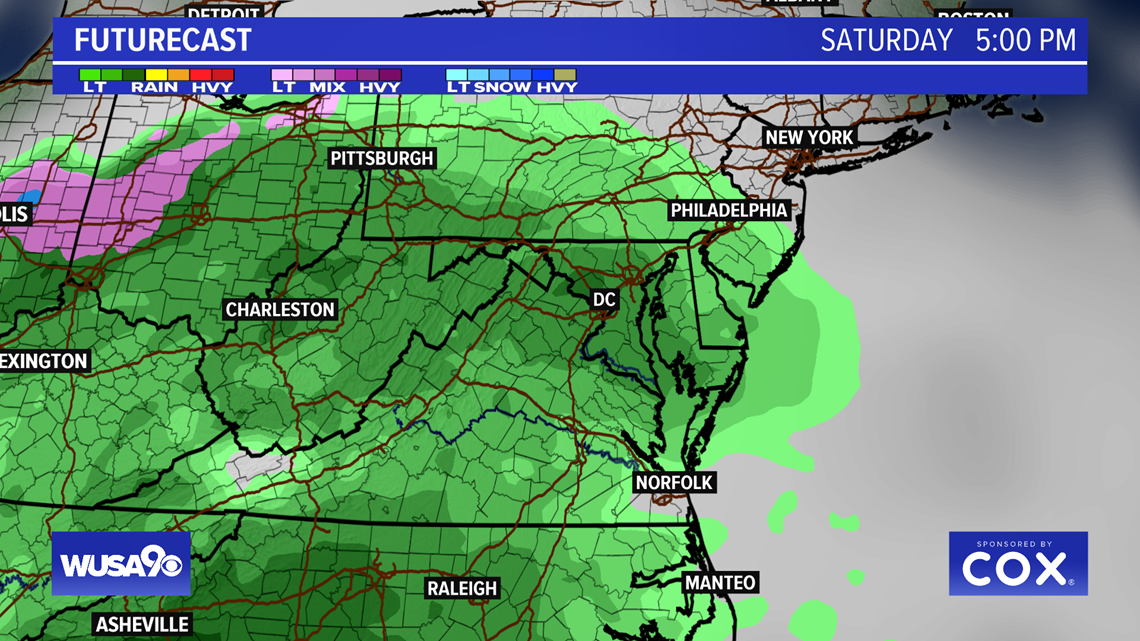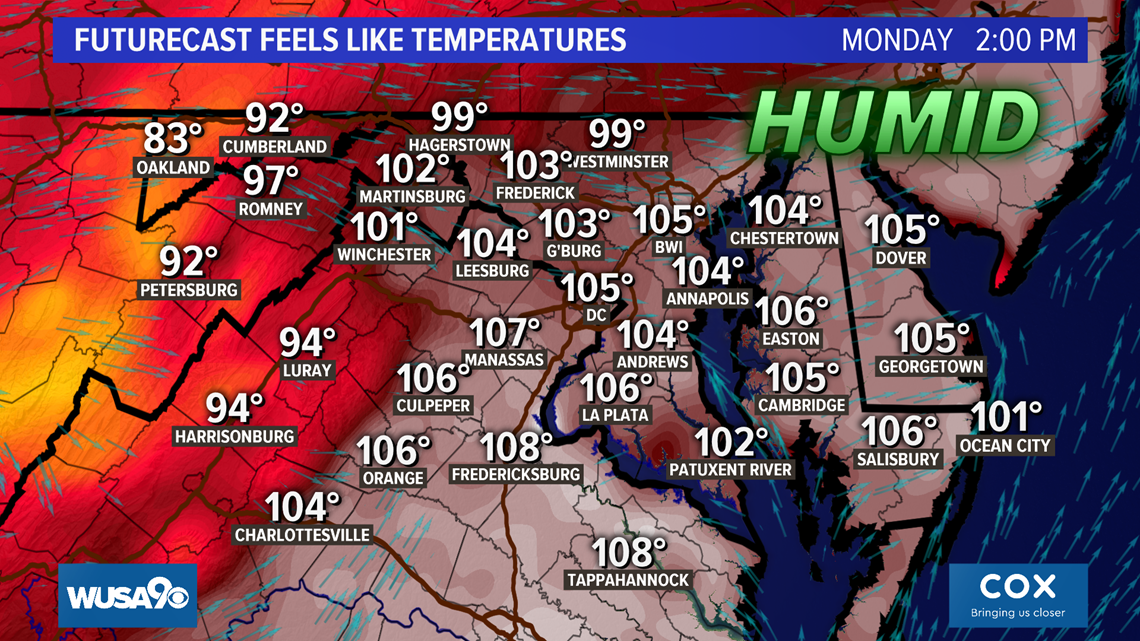

How much does it rain in Washington in March In March, the rain falls for 12.7 days. What is the average humidity in March in Washington The average relative humidity in March in Washington is 72. Tightly woven, loose-fitting clothes provide additional protection from the Sun. Washington DC 14 Day Extended Forecast DST Changes Weather Today Weather Hourly 14 Day Forecast Yesterday/Past Weather Climate (Averages) Currently: 39 ☏. In Washington, District of Columbia, in March, the average high-temperature is 53.2F (11.8C), and the average low-temperature is 37.2F (2.9C). Sunglasses with UVA and UVB protection significantly reduce eye damage from sun exposure. A wide-brim hat offers excellent sun protection for the eyes, ears, face, and neck. The Sun's most intense and consequently most harmful UV radiation during midday hours should be decreased by minimizing exposure and seeking shade. That might be for several reasons: The average daily high is 81☏.

In fact, DC weather expert Jason Samenow told the Trip Hacks DC podcast that September is one of his favorite months for DC weather.
MWEATHER IN DC SKIN
Light skin individuals may get burned in less than 30 minutes. On average, September weather in DC is really pleasant. Note: The average daily UV index of 3 in March transform into the following instructions: A UV Index reading of 3 to 5 represents a medium vulnerability from unprotected exposure to Sun's UV rays for ordinary individuals. UV indexIn March, the average daily maximum UV index in Washington, District of Columbia, is 3. SunshineIn March, the average sunshine in Washington, District of Columbia, is 6.9h.

2023, at 2:00 am consequently, the time zone reverts from EDT to EST. Temperature, winds, precipitation, radar, weather alerts, air quality. Daylight Saving Time lasts until Sunday, November 5. All the Washington, DC, weather info you need for today and the next seven days. 2023, at 2:00 am, Daylight Saving Time starts, and the time zone changes from EST to EDT. On the last day of March, in Washington, sunrise is at 6:54 am and sunset at 7:30 pm EDT. The temperature is a wintry 33.8F (1C), while the apparent temperature, due. On the first day of the month, sunrise is at 6:40 am and sunset at 6:00 pm EST. At the moment, in Washington, the weather is windy, but the sky is mostly clear. DaylightIn March, the average length of the day in Washington is 11h and 59min. Throughout the year, in Washington, there are 11.7 snowfall days, and 6.3" (160mm) of snow is accumulated. 38.9 °N, 77. During 2.1 snowfall days, Washington aggregates 1.54" (39mm) of snow. March is the last month it regularly snows in Washington. Snowfall January through March and December are months with snowfall. In Washington, during the entire year, the rain falls for 149.1 days and collects up to 26.14" (664mm) of precipitation. Throughout March, 1.93" (49mm) of precipitation is accumulated. Rainfall In March, the rain falls for 12.7 days. HumidityThe average relative humidity in March is 72%.

On average, Washington, D.C., accumulates around 15 inches of snow per season, with most of it falling January or February. 10 Day Weather - Maryland As of 5:22 pm EST Tonight -/ 34 7 Thu 09 Night 34 7 NE 7 mph Partly cloudy this evening, then becoming cloudy after midnight. In Washington, in March, the average low-temperature is 37.2☏ (2.9☌). January is usually the coldest month and is often grey, with rain or snow. TemperatureIn Washington, the average high-temperature in March slightly increases from a chilly 44.8☏ (7.1☌) in February to a cool 53.2☏ (11.8☌). 30DayWeather Long Range Weather Forecasts predict ideal conditions for a storm. September and October will be cooler, on average, and drier than normal.The first month of the spring, March, is a cool month in Washington, District of Columbia, with an average temperature varying between 37.2☏ (2.9☌) and 53.2☏ (11.8☌). The hottest periods will be in mid-July and early to mid-August. Summer will be warmer than normal, with above-normal precipitation. April will be cooler and drier than normal, while May will be warmer and rainier. The snowiest periods will be in early to mid-January, late January, and late February. The coldest periods will be in early December, early and late January, and most of February. Winter temperatures will be below normal, while precipitation and snowfall will be above normal. Enter Your Location Annual Weather Summary


 0 kommentar(er)
0 kommentar(er)
